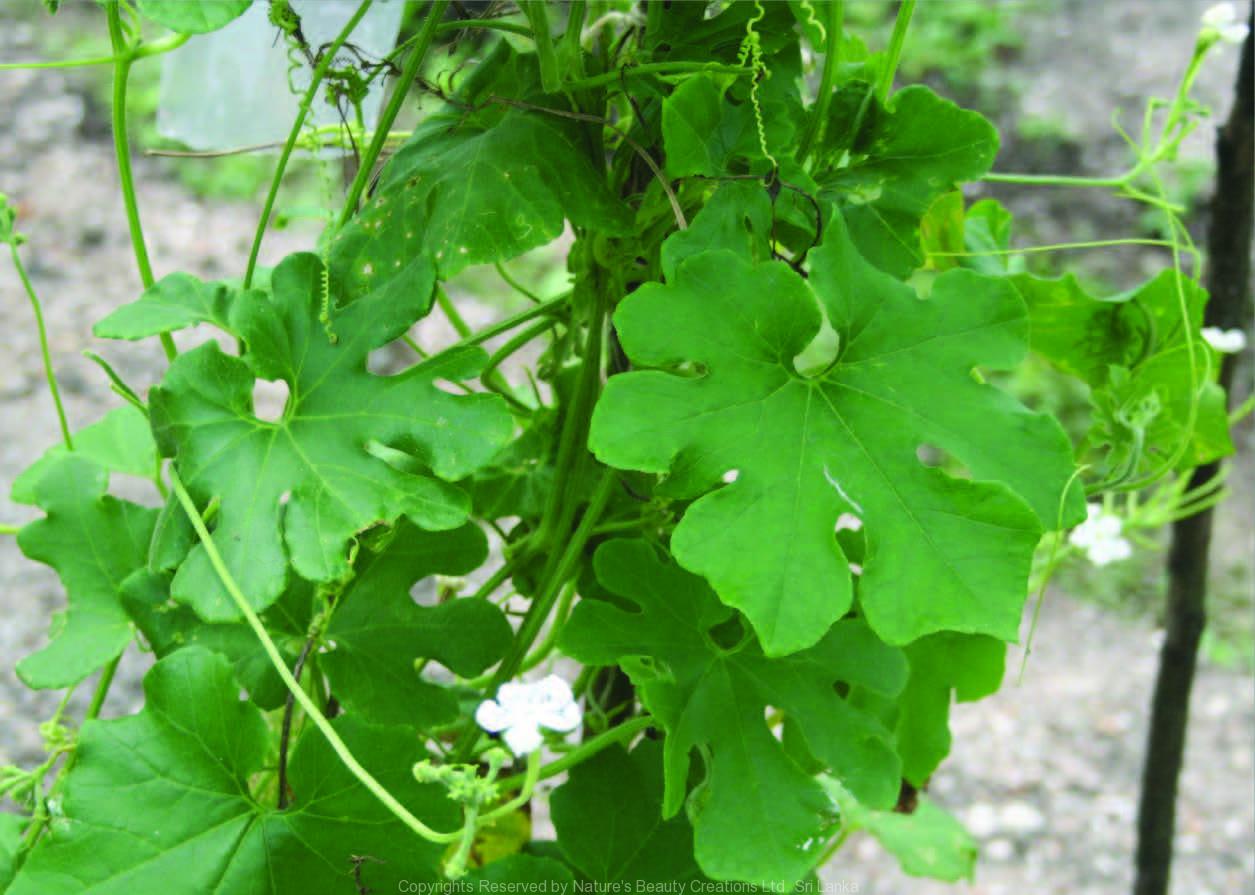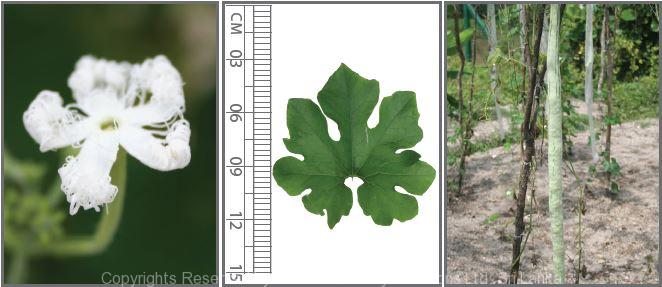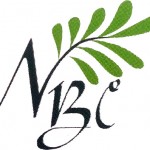

Traditional Knowledge
Useful plant parts :
Fruit and seed
Uses in traditional medicine :
- Fruit is edible and taken to soothe the digestive track
- Seeds are anthelmintic and emetic
Scientific Research
Chemical constituents:
A galactose-binding lectin, isolectin complex and protein: trichoanguin from seeds; flavonoid: kaempferol and its glycosides from leaves; isomers of conjugated linolenic acid: α-eleostearic and punicic acids from oil
Bioactivity :
α-eleostearic and punicic acids: antioxidative, anti-inflammatory; trichoanguin: type I ribosome inactivating protein
Clinical:
Note :
Fruits are used as a vegetable
References : Anuradha, P. and Bhide, S. V., (1999), An isolectin complex from Trichosanthes anguina seeds, Phytochemistry, 52(5),751-8. Chow, L. P. et al., (1999), Purification, characterization and molecular cloning of trichoanguin, a novel type I ribosome-inactivating protein from the seeds of Trichosanthes anguina, Biochemical Journal, 338, 211-219. Saha, S. S. and Ghosh, M., (2011), Antioxidant and anti-inflammatory effect of conjugated linolenic acid isomers against streptozotocin-induced diabetes, British Journal of Nutrition, 1, 1-10. Shanavas, K. R. et al., (1995), Purification and some properties of a lectin from the seeds of Trichosanthes anguina, Biologia Plantarum, 37(3), Yadava, R. N. and Syeda, Y., (1994), An isoflavone glycoside from the seeds of Trichosanthes anguina, The International Journal of Plant Biochemistry, 36(6), 1519–1521. Yoshizaki, M. et al., (1987), A chemotaxonomic study of flavonoids in the leaves of six Trichosanthes species, Phytochemistry, 26(9), 2557- 2558.
417-422.
Copyrights Reserved By
Natures Beauty Creations



